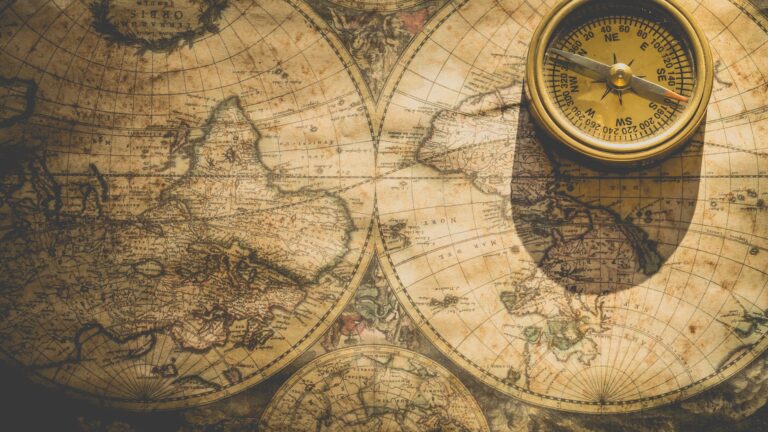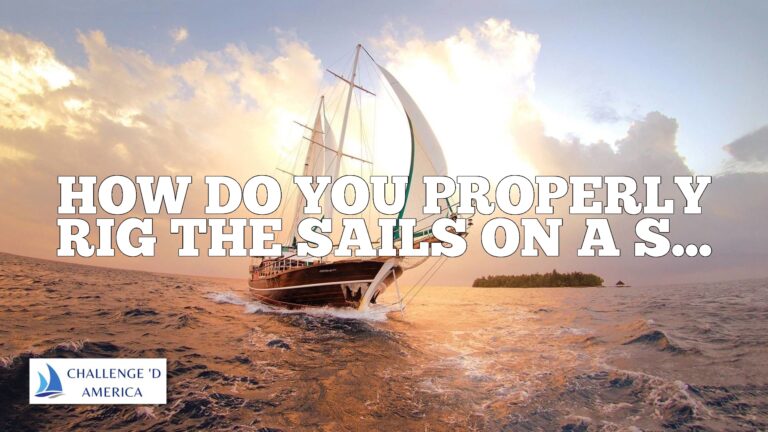How accurate are nautical charts?
- Introduction
- Definition of Nautical Charts
- History of Nautical Charts
- Types of Nautical Charts
- How Nautical Charts are Created
- Accuracy of Technology Used in Nautical Charts
- Depth Coverage of Nautical Charts
- Variations in Accuracy Amongst Different Types of Nautical Charts
- How Can Sailors Ensure the Accuracy of their Nautical Chart?
- Conclusion
- Sources
How Accurate are Nautical Charts?
Nautical charts are essential tools for navigating the sea, but how accurate are they really? In this article, we will explore the accuracy and reliability of nautical charts and how sailors can ensure that their chart is up to date and accurate for their voyage.
Definition of Nautical Charts
Nautical charts are detailed maps used by sailors to navigate safely through various bodies of water and provide important information such as depths, hazards, currents, and more. They are an invaluable tool that can help sailors avoid dangerous situations while at sea, but it is important to remember that these charts can vary in accuracy depending on factors such as when the data was gathered and the technology used to create it.
History of Nautical Charts
Naval charts have been used for centuries to aid in navigation, with some of the earliest examples dating back to ancient Greece and Rome. Over time, more accurate methods have been developed and technology has improved significantly, resulting in much more precise maps than ever before. Today, nautical charts rely heavily on satellite data which is then combined with other sources such as buoys and lighthouses to create an incredibly detailed picture of an area’s geography and topography.
Types of Nautical Charts
Nautical charts come in a variety of different types depending on what type of information they contain and who they are intended for use by. For example, a recreational sailor will likely use a chart designed specifically for recreational boaters while a commercial vessel might use a chart which contains more detailed information about the seafloor, currents, hazards and so on. Additionally, there are also electronic navigational charts (ENCs) which contain digital data which is often more accurate than traditional paper charts due to its ability to be updated quickly and easily when new information becomes available.
## How Nautical Charts Are Created
Nautical charts are created using a combination of satellite imagery, bathymetry data collected from buoys or ships with sonar devices onboard, aerial photographs or surveys from manned or unmanned aircrafts or helicopters equipped with special cameras that capture high-resolution images from above the surface. This data is then compiled together with other sources such as lighthouses or soundings taken from sounding vessels to create an incredibly detailed picture of an area’s geography and topography which can be used by mariners for navigation purposes.
## Accuracy Of Technology Used In Nautical Charts
The accuracy of nautical charts depends largely on the technology used in their creation as well as when the sea survey was conducted in order to gather all necessary data points needed to compile them together into a cohesive map that sailors can use for navigation purposes. Generally speaking, satellite imagery has proven to be one of the most reliable sources for gathering accurate data points due to its low margin for error compared to other methods such as aerial photographs or sonar devices attached boats or ships used for surveying the seafloor below them (bathymetry). Additionally, ENCs (electronic navigational charts) often contain even more precise data points than traditional paper maps do since they can be updated quickly when new information becomes available without having to wait for printed copies to be made available as with traditional paper maps which take far longer due to printing times associated with them taking longer than creating digital versions does..
## Depth Coverage Of Nautical Charts
The depth coverage provided by nautical charts varies greatly depending on where they were created and what type of technology was used in their creation process (aerial photographs vs satellite imagery etc.). Generally speaking though most nautical charts provide depth up to +/- 7 metres which should be sufficient enough accuracy for recreational sailing purposes while commercial vessels may require higher levels depending on their mission requirements (such as fishing/salvage operations etc.). Additionally some areas may have higher levels such as up to +/- 10 metres depending on how frequently they get surveyed/updated by local authorities/governments etc..
## Variations In Accuracy Among Different Types Of Nautical Charts
Due to variations in technology used during creation process (aerial photographs vs satellite imagery etc.), different types/brands/models/versions of naytical chart may vary greatly in terms accuracy from one another so it’s important that sailors know exactly what type/brand/model/version they’re using before setting out on their voyage so that they can ensure it’s up-to-date and accurate enough for their needs The accuracy level provided by ENCs often tends towards being higher than those provided by traditional paper maps since ENCs can also be updated quickly without having wait for printed copies become available like with traditional paper maps (which takes much longer due printing times associated with them).
## How Can Sailors Ensure The Accuracy Of Their Nautical Chart?
The best way for sailors ensure that their nautitcal chart is up-to-date & accurate enough is check if there any recent updates available either via official channels such local hydrographic offices or online resources like NOAA’s free chart updates page here: https://www5data5gov5noaa5gov/charts/. Additionally it’s also important double check & verify all depths listed against recent soundings taken from local waters & ensure all details listed there match up too before setting out on voyage too since depths can change over time due things like beach erosion & shifting sandbars happening over time.. Additionally most modern navigational systems now come equipped with built-in safety features like collision avoidance & emergency alert systems which makes it easier detect potential hazards out at sea & take appropriate actions accordingly too so always make sure these features enabled too before heading out sailing!
## Conclusion
In conclusion then whilst modern nautitcal charts nowadays tend towards being quite accurate thanks advances made both technology & surveying techniques over years still important remember that inaccuracies do exist amongst different types brands models & versions existing ones so always make sure double check any details listed against recent soundings taken from local waters before heading out sailing & enable any built-in safety features your navigational system comes equipped too just case!
## Sources
1) NOAA’s free chart updates page – https://www5data5gov5noaa5gov/charts/ 2) National Geospatial Intelligence Agency – https://www20nga20mil20 3) US Coast Guard – https://www20uscg20mil20 4) Marine Insight – https://marineinsightcom







